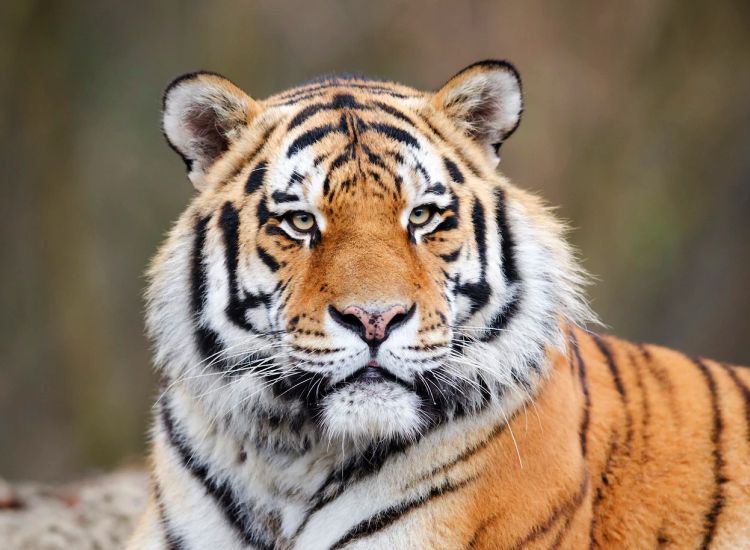Zoos collect DNA samples of animals before they go extinct
Sun 29 May 2022
New species are discovered and go extinct all the time. Unfortunately, these events are happening at an accelerated rate, between 1,000 and 10,000 times higher than the natural extinction rate, according to the WWF website. In response to this troubling trend, zoos collect DNA samples of animals before they go extinct. Although efforts must be focused on saving a species and its habitat, even if it goes completely extinct, it can still be brought back from extinction through cloning and artificial reproduction techniques — assuming we are able to retrieve enough genetic material beforehand.
Why are animals going extinct?
There are many reasons why animals go extinct, and they vary from species to species. Some go extinct naturally, either due to changing environmental conditions or because they are unable to adapt to a changing environment. More frequently, though, animals go extinct as a result of human activities. Habitat loss due to development, hunting, and other activities are the main drivers of species decline. Most of these extinctions are preventable. The rate of species loss is accelerating, which means we have to act now to prevent more extinctions.
What is DNA collection?
DNA samples are collected from animals that are most at risk of extinction. They can either be taken from animals directly or from preserved tissues. DNA is an organism’s genetic code. It carries the instructions for how the organism will grow, function, and reproduce. To create a DNA sample, scientists extract and isolate the DNA from cells in the tissue. They can then sequence the genetic code and store it in a database. DNA is one of the best materials for storing information — it is incredibly robust and stable. In fact, DNA can last for thousands of years if stored properly. DNA is being used increasingly in a wide range of applications. These include everything from storing genetic information to enabling high-tech innovations such as gene editing, synthetic biology, and genetic engineering. This concept is similar to the concept explained in blockbuster Hollywood movie, Jurassic park.
A wildflower believed to be extinct for 36 years had been rediscovered in western Ecuador recently but not all species may be lucky to survive the onslaught of humanity’s ever-growing need for space.
Zoos collaborate to prevent extinction
In order to obtain enough genetic material to clone an animal, scientists need to get several samples from multiple species. However, many species that are at risk of extinction only have a few remaining individuals. Most efforts to prevent extinction have focused on securing animals in captivity, often in zoos. Zoos collaborate to obtain genetic samples from as many species as possible. The Zoological Society of London (ZSL), for example, runs a program to collect samples from endangered animals and store the DNA in a database. ZSL has partnered with other zoos to collect DNA from various species, including the white rhinoceros, Asian elephants, pygmy hippopotamus, and the Philippine crocodile.
Zoos have become important for protecting species from extinction. Scientists can use these blueprints to create cloned embryos and then artificially impregnate the animals. All of this is important for preventing more extinctions in the future.
Zoos collect DNA samples of animals before they go extinct.

 Apr 25 2024
Apr 25 2024












